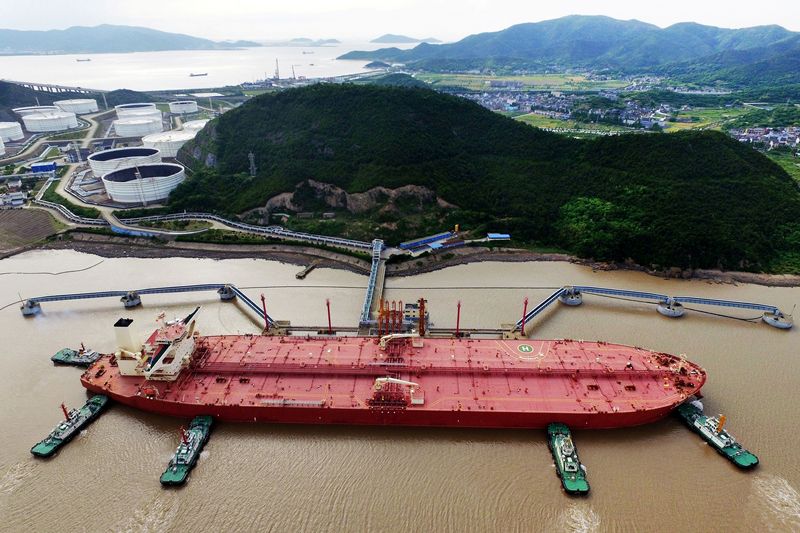By Noah Browning
LONDON (Reuters) -China will make up nearly half of this year's oil demand growth after it relaxed its COVID-19 curbs, the International Energy Agency (IEA) said on Wednesday, but restrained OPEC+ production could mean a supply deficit in the second half.
"Supply from OPEC+ is projected to contract with Russia pressured by sanctions," the Paris-based agency said in its monthly oil report.
"World oil supply looks set to exceed demand through the first half of 2023, but the balance could quickly shift to deficit as demand recovers and some Russian output is shut in."
The IEA sees oil demand rising by 2 million barrels per day (bpd) in 2023, with China making up 900,000 bpd.
That is up 100,000 bpd from last month's forecast to a record 101.9 million bpd.
With air travel ramping up as the pandemic continues to ease, jet fuel is set to form a central plank in the global demand rebound, the IEA added.
The IEA projections are just short of a forecast of 2.3 million bpd growth in a Tuesday report by the Organization of the Petroleum Exporting Countries (OPEC) which with allies such as Russia make up the OPEC+ group.
International sanctions on Russia aimed at depriving it of funds after it invaded Ukraine have so far had little impact on its oil exports, which in January were down by only 160,000 bpd from pre-war levels.
But around 1 million bpd of production will be shut in by the end of the first quarter, the IEA said, following a European ban on seaborne imports and international price cap sanctions.

"It is still unclear how the EU embargo and price cap on oil products that took effect earlier this month will impact trade flows," the IEA said. "Our expectation is that some Russian oil will have to be shut in as a result."
The agency originally foresaw 3 million bpd of Russian oil being shut in after Moscow's invasion of Ukraine.